AC Tachogenerators
These tachogenerators all have a wound stator. The voltage and the frequency are both proportional to the speed. These models can also be used as power generators, but their quality intends them for applications of controlling a drive. The absence of contact (rings and brushes) gives these generators a good stability and a good linearity of the output voltage, but the variations of concentricity and symmetry and the irregularities of the magnetic circuit can introduce a certain rate of distortion.
Some alternators can be fitted with a rectifier with which it is possible to provide a DC current proportional to the speed; in this case the polarity is constant and independent of the direction of rotation, so the drive is unable to establish direction of rotation. The linearity is affected by the rectifier and the best results are obtained for a speed higher than a certain limit which depends on the rectifier used, the provided power and the output current.
These types of tachogenerators are either homopolar with stator magnets and rotor with poles of modulation making it possible to obtain very high frequencies for the size of the machines or with rotor magnet and poles of modulation, or heteropolar with rotor magnet.
Some machines can be wound only in single-phase current, others have the possibility of being in three-phase current or even in diphase.
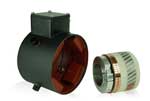
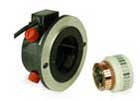
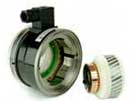
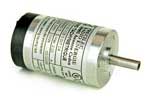
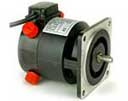
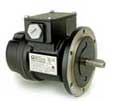
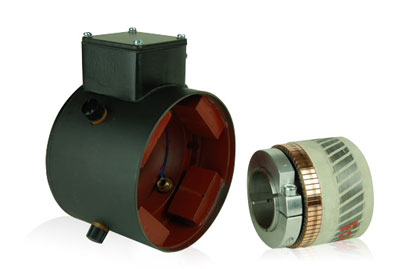 Radio Energie RDC40 Tachogenerator
Radio Energie RDC40 Tachogenerator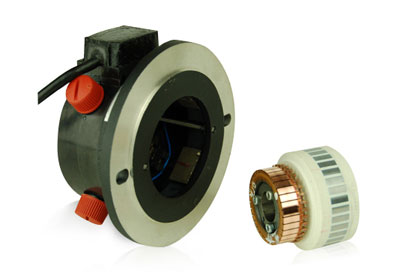 Radio Energie RDC207/208 Tachogenerator
Radio Energie RDC207/208 Tachogenerator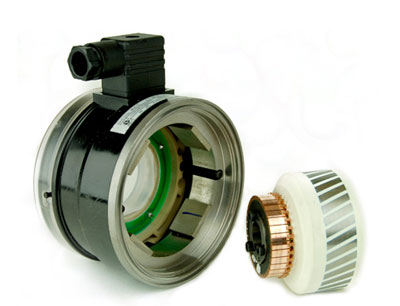 Radio Energie RDC215 Tachogenerator
Radio Energie RDC215 Tachogenerator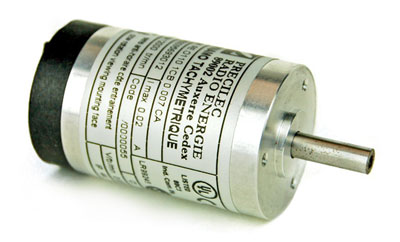 Radio Energie REO110 Tachogenerator
Radio Energie REO110 Tachogenerator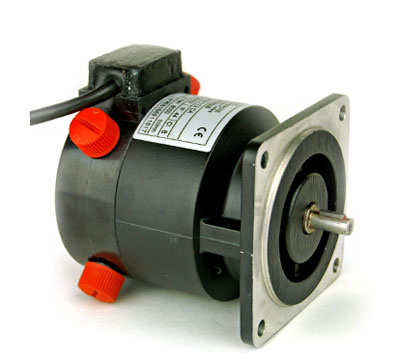 Radio Energie REO315L Tachogenerator
Radio Energie REO315L Tachogenerator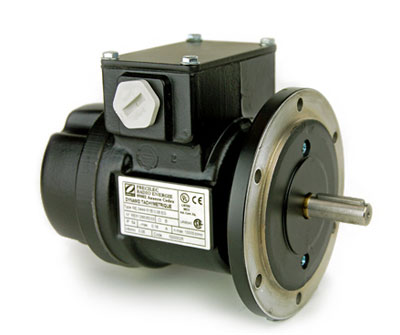 Radio Energie REO444R Tachogenerator
Radio Energie REO444R Tachogenerator